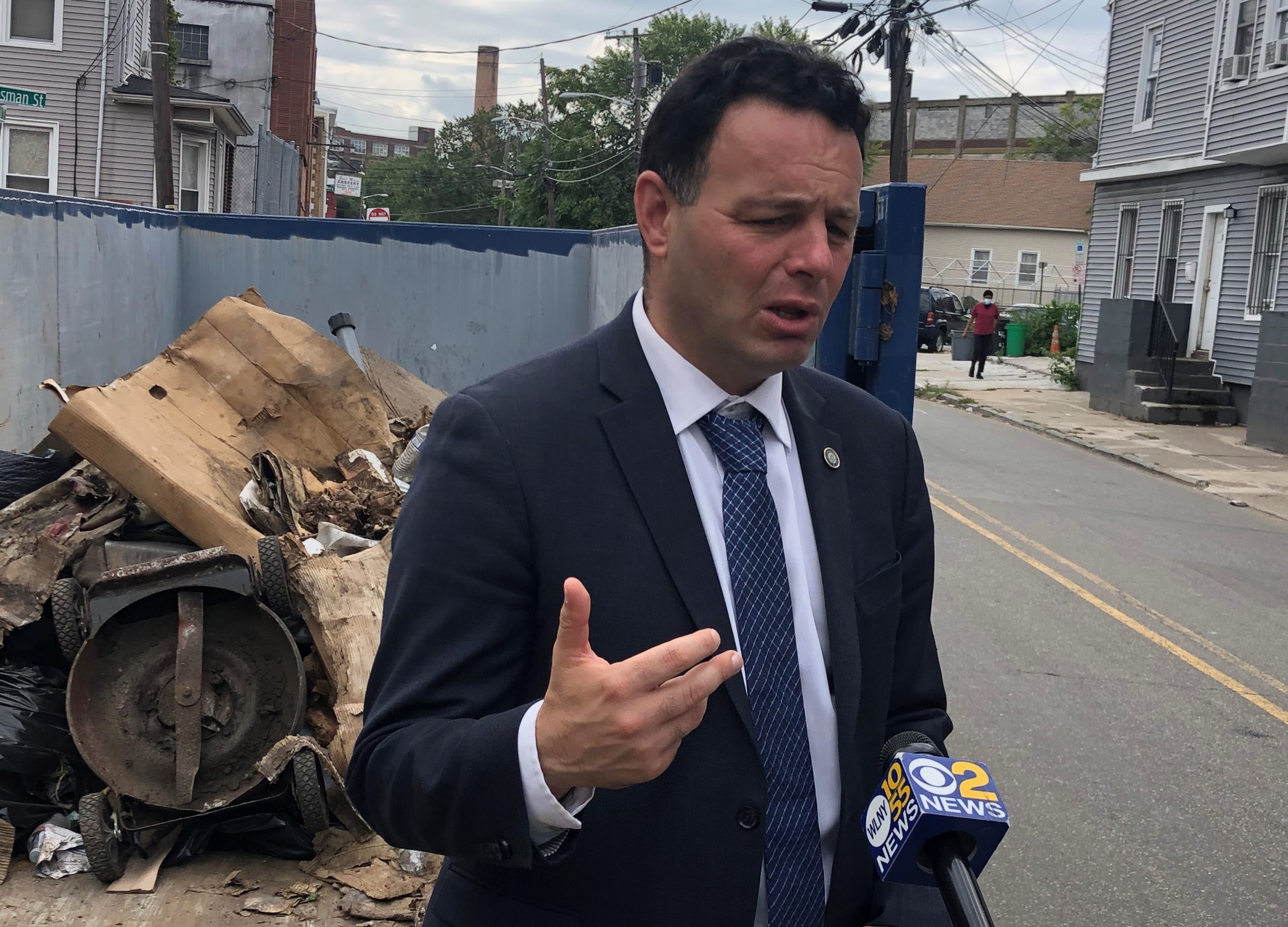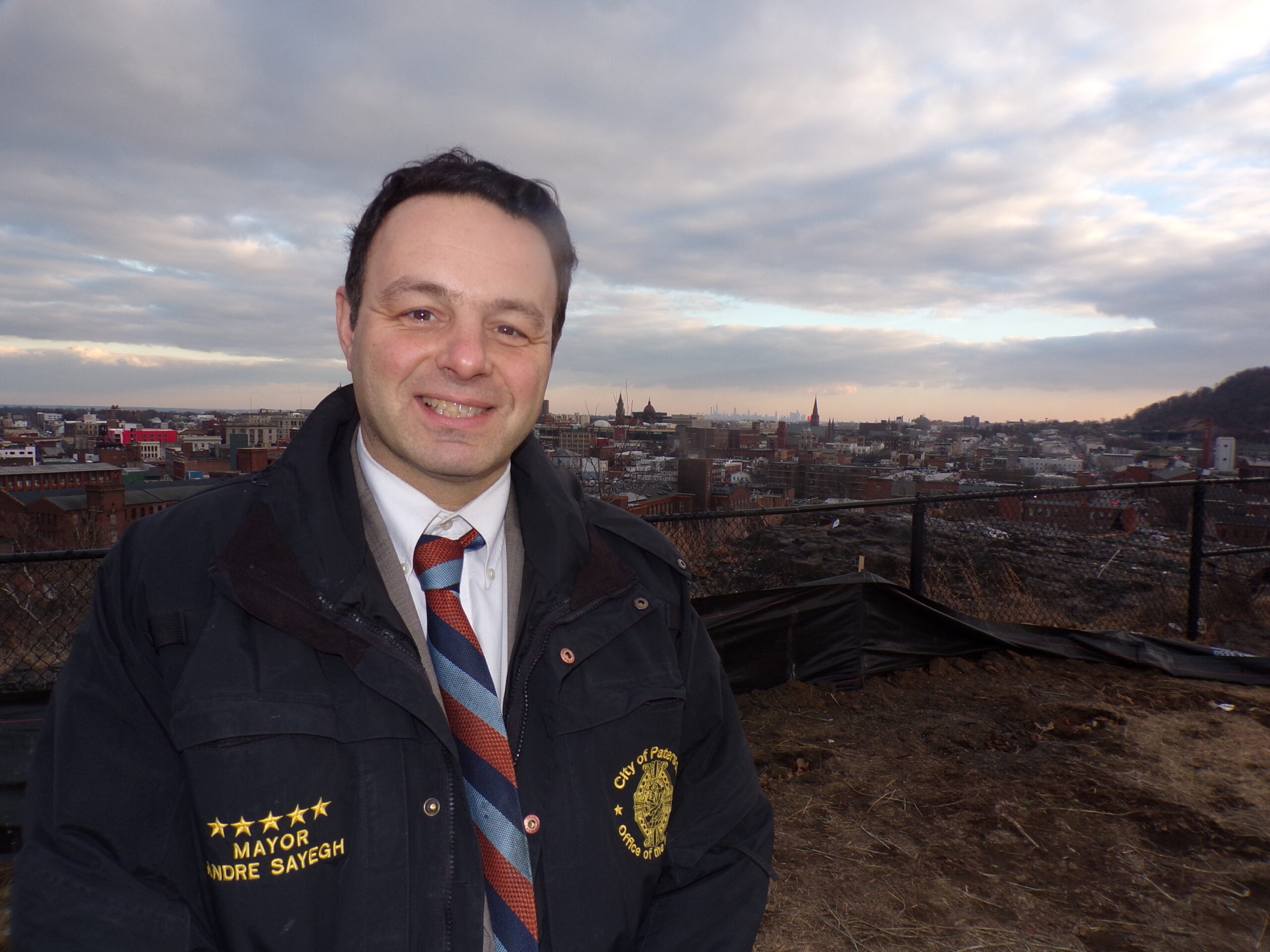Sayegh’s Suburbanization Strategy Ahead of Legislative Elections: Insider NJ Report
In the lead-up to the legislative elections in New Jersey, Mayor Andre Sayegh has been implementing a suburbanization strategy to appeal to voters in the suburban areas of the state. This move comes as Sayegh seeks to expand his political influence beyond the city limits of Paterson, where he currently serves as mayor.
According to an exclusive report by Insider NJ, Sayegh’s suburbanization strategy involves a multi-faceted approach aimed at addressing the concerns and priorities of suburban voters. The mayor recognizes that the issues faced by suburban communities differ from those in urban areas, and he is tailoring his campaign accordingly.
One of the key aspects of Sayegh’s strategy is focusing on improving the quality of life in suburban areas. He plans to address issues such as traffic congestion, school quality, and public safety, which are often top concerns for suburban residents. By highlighting his commitment to addressing these issues, Sayegh hopes to resonate with suburban voters and gain their support.
Another element of Sayegh’s strategy is reaching out to suburban community leaders and organizations. He has been actively engaging with local civic groups, homeowner associations, and business organizations to understand their specific needs and concerns. By building relationships with these influential groups, Sayegh aims to gain their endorsements and support, which can be crucial in mobilizing suburban voters.
Furthermore, Sayegh has been emphasizing his track record of economic development in Paterson. He believes that by showcasing his success in revitalizing the city’s economy, he can demonstrate his ability to bring similar progress to suburban areas. This approach is aimed at appealing to suburban voters who prioritize economic growth and job opportunities.
Sayegh’s suburbanization strategy also includes a strong focus on communication and outreach. He has been actively using social media platforms and traditional media outlets to connect with suburban voters. By utilizing these channels, Sayegh can effectively convey his message and engage with a wider audience beyond Paterson.
However, Sayegh’s suburbanization strategy is not without its challenges. Some critics argue that his focus on suburban areas may alienate his urban base of supporters. They fear that by prioritizing suburban concerns, Sayegh may neglect the needs of the city he currently governs. Sayegh has responded to these concerns by assuring his urban supporters that his suburbanization strategy is aimed at expanding his influence and resources to better serve all residents of New Jersey.
As the legislative elections draw closer, Sayegh’s suburbanization strategy will be put to the test. The outcome of these elections will determine whether his efforts to appeal to suburban voters have been successful. Regardless of the results, Sayegh’s approach highlights the importance of understanding the diverse needs of different communities and tailoring political strategies accordingly.




